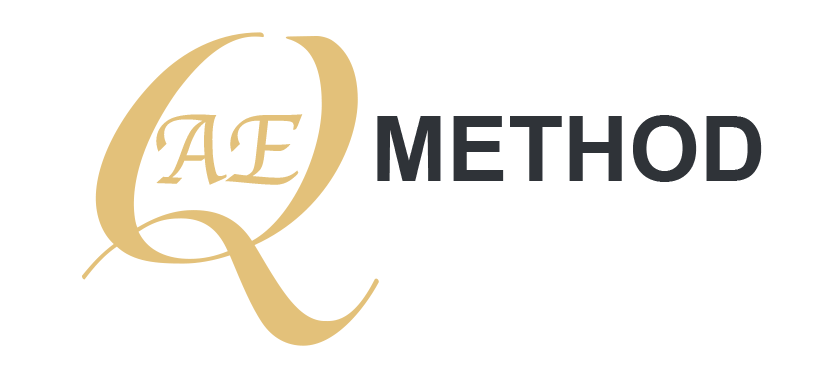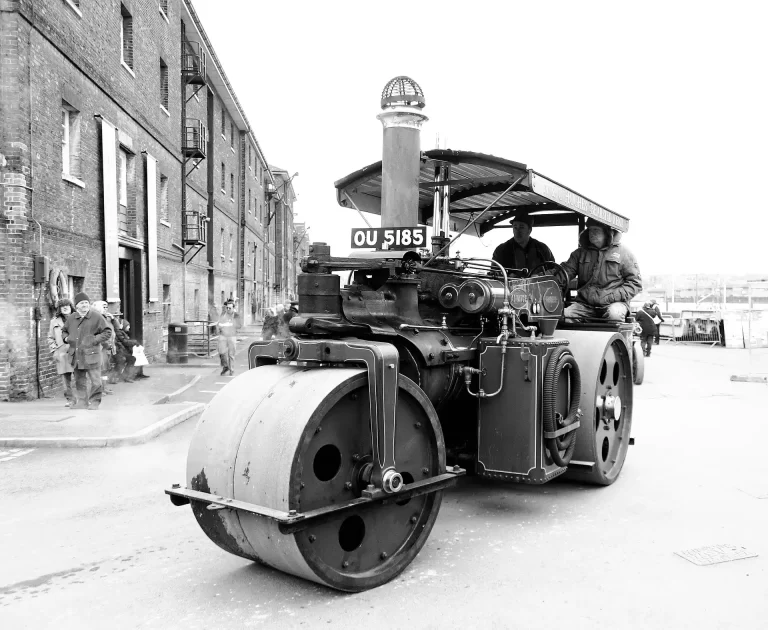AEQ education is a process that broadens the horizons of our consciousness and free will.
Moshe Feldenkrais is considered the pioneer of clinical somatics, which was substantiated and used by Elsa Gindler, F. Mathias Alexander, Gerda Alexander, and Thomas Hanna. A multitude of modern therapists uses clinical somatics.
AEQ education teaches these therapists techniques and is suitable for eliminating all forms of sensory-motor amnesia, including paralysis.
Somatic freedom
Soma is optimally free when our reactions consist of as much deliberate control as possible and as little conditioned reflexes as possible. This autonomous state of somatic freedom gives a person an incredibly diverse repertoire of possible responses to stimuli that arrive from our surroundings.
From a third-person bodily standpoint (as others perceive our body), somatic freedom is a state of maximum efficiency and minimum entropy. From a first-person somatic point of view (as we perceive our own body), however, somatic freedom means an appropriate state of gradual progress, free from errors and limitations.
“The appropriate” state of the human soma is the state of optimal synergy, in which every intentional act triggers spontaneous coordination through the whole somatic chain, without subconscious blockades from the peripheral nervous system. From a third-person perspective, the soma’s appropriate state would be described as a state of optimal mental and physical health.
We can illustrate this more accurately with two men sawing: Imagine two men, each holding a saw at their end and sawing wood. One represents the agonist, the other the antagonist, and the saw movement the body movement. If they cooperate and move with feeling, controlled, and coordinated, one pulls, and the other gives in accordingly. The observer would see a lot of movement and little effort by the men. The action is similar to a child’s or adult’s movement with little sensory-motor amnesia and good feeling.
However, when the conscious sense and control for cooperation between these two men changes, one of the men is pulling, and the other is not giving in, leading to more effort and less control. The observer would see this as more effort and less movement during sawing. The movement would be increasingly similar to the movement of an older person.
Such a condition is due to sensory-motor amnesia. Without a change in consciousness and feeling over the agonist’s control and the antagonist’s release, this error increases and increasingly affects our movement and behavior. We feel movement as heavier, more strenuous, limited, and that’s how we feel. We usually feel that we are weaker and have less fitness, so we start trying even harder to be stronger and faster, but this only increases our problems and incorrect feelings.
The AEQ method is the science of studying the soma, whereby soma is how we perceive our body in the first person and how we control it. Soma is a set of sensory-motor functions, some of which are conscious and intentional (acting under the influence of our will), and we have learned them, while others are those we learned as children and then ‘forgot’ about.
A detailed explanation of clinical somatics can be found in the book Using Light Movements to Cure Chronic Pain, Clinical Somatics. In it, you will also find 22 somatic movements for more freedom.






